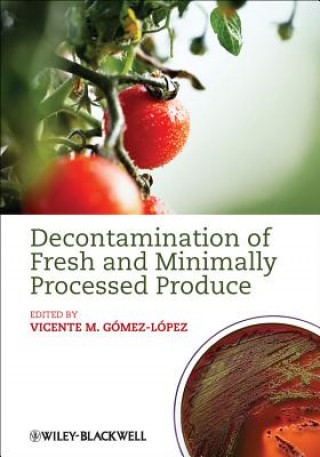
Kód: 01398800
Decontamination of Fresh and Minimally Processed Produce
Autor Vicente M. Gomez-Lopez
Attempts to provide safer and higher quality fresh and minimally processed produce have given rise to a wide variety of decontamination methods, each of which have been extensively researched in recent years. Decontamination of Fr ... celý popis
- Jazyk:
 Angličtina
Angličtina - Vazba: Pevná
- Počet stran: 576
Nakladatelství: Iowa State University Press, 2012
- Více informací o knize

6969 Kč

Skladem u dodavatele v malém množství
Odesíláme za 14-18 dnů
Potřebujete více kusů?Máte-li zájem o více kusů, prověřte, prosím, nejprve dostupnost titulu na naši zákaznické podpoře.
Přidat mezi přání
Mohlo by se vám také líbit
-

Darwin Among the Machines
543 Kč -
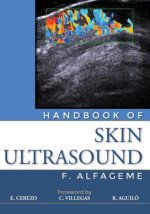
Handbook of Skin Ultrasound
1669 Kč -
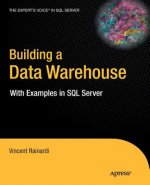
Building a Data Warehouse
1425 Kč -
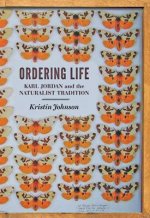
Ordering Life
1384 Kč -

Mathematical Models for Handling Partial Knowledge in Artificial Intelligence
5094 Kč -

Learning Articulate Storyline
1370 Kč -

Levant
675 Kč -
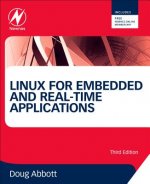
Linux for Embedded and Real-time Applications
1251 Kč -

Between Dispersion and Belonging
1210 Kč -

Můj nejlepší z možných životů
253 Kč -

Echa expresionismu
348 Kč -

Poctivé obrazy
562 Kč -

Les mémoires de la pluie/Vospominania o dožde
242 Kč -

Literaturtheorien des 20. Jahrhundert
279 Kč
Dárkový poukaz: Radost zaručena
- Darujte poukaz v libovolné hodnotě a my se postaráme o zbytek.
- Poukaz se vztahuje na celou naši nabídku.
- Elektronický poukaz vytisknete z e-mailu a můžete ihned darovat.
- Platnost poukazu je 12 měsíců od data vystavení.
Více informací o knize Decontamination of Fresh and Minimally Processed Produce
Nákupem získáte 697 bodů
 Anotace knihy
Anotace knihy
Attempts to provide safer and higher quality fresh and minimally processed produce have given rise to a wide variety of decontamination methods, each of which have been extensively researched in recent years. Decontamination of Fresh and Minimally Processed Produce is the first book to provide a systematic view of the different types of decontaminants for fresh and minimally processed produce. By describing the different effects - microbiological, sensory, nutritional and toxicological - of decontamination treatments, a team of internationally respected authors reveals not only the impact of decontaminants on food safety, but also on microbial spoilage, vegetable physiology, sensory quality, nutritional and phytochemical content and shelf-life. Regulatory and toxicological issues are also addressed.§The book first examines how produce becomes contaminated, the surface characteristics of produce related to bacterial attachment, biofilm formation and resistance, and sublethal damage and its implications for decontamination. After reviewing how produce is washed and minimally processed, the various decontamination methods are then explored in depth, in terms of definition, generation devices, microbial inactivation mechanisms, and effects on food safety. Decontaminants covered include: chlorine, electrolyzed oxidizing water, chlorine dioxide, ozone, hydrogen peroxide, peroxyacetic acid, essential oils and edible films and coatings. Other decontamination methods addressed are biological strategies (bacteriophages, protective cultures, bacteriocins and quorum sensing) and physical methods (mild heat, continuous UV light, ionizing radiation) and various combinations of these methods through hurdle technology. The book concludes with descriptions of post-decontamination methods related to storage, such as modified atmosphere packaging, the cold chain, and modeling tools for predicting microbial growth and inactivation.§The many methods and effects of decontamination are detailed, enabling industry professionals to understand the available state-of-the-art methods and select the most suitable approach for their purposes. The book serves as a compendium of information for food researchers and students of pre- and postharvest technology, food microbiology and food technology in general. The structure of the book allows easy comparisons among methods, and searching information by microorganism, produce, and quality traits.
 Parametry knihy
Parametry knihy
Zařazení knihy Knihy v angličtině Technology, engineering, agriculture Industrial chemistry & manufacturing technologies Industrial chemistry
6969 Kč
- Plný název: Decontamination of Fresh and Minimally Processed Produce
- Autor: Vicente M. Gomez-Lopez
- Jazyk:
 Angličtina
Angličtina - Vazba: Pevná
- Počet stran: 576
- EAN: 9780813823843
- ID: 01398800
- Nakladatelství: Iowa State University Press
- Hmotnost: 1098 g
- Rozměry: 249 × 171 × 28 mm
- Datum vydání: 23. March 2012
Oblíbené z jiného soudku
-
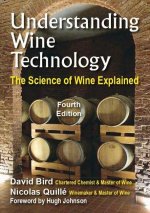
Understanding Wine Technology
797 Kč -

Art of Beef Cutting - A Meat Professional's Guide to Butchering and Merchandising
976 Kč -

French Patisserie
1179 Kč -
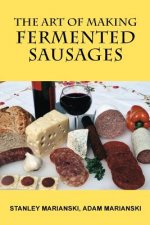
Art of Making Fermented Sausages
425 Kč -
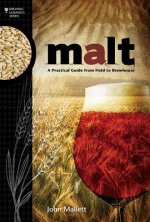
Malt
410 Kč -
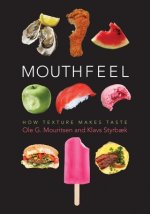
Mouthfeel
1481 Kč -
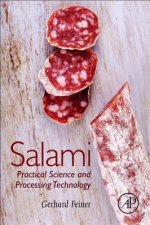
Salami
2873 Kč -
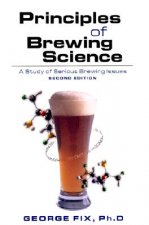
Principles of Brewing Science
721 Kč -
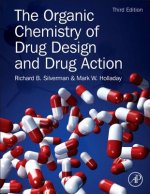
Organic Chemistry of Drug Design and Drug Action
2567 Kč -

Pharmaceutical Competitive Intelligence for the Regulatory Affairs Professional
1977 Kč -
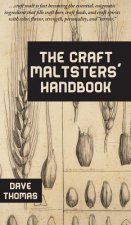
Craft Maltsters' Handbook
751 Kč -
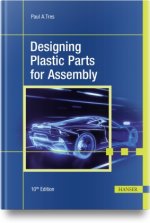
Designing Plastic Parts for Assembly
4103 Kč -

Introduction to Chemical Engineering - Tools for day and Tomorrow, 5th Edition
2023 Kč -

How To Brew
525 Kč -
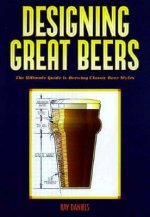
Designing Great Beers
517 Kč -

Soapmaker's Companion
442 Kč -

Introduction to Perfumery
2448 Kč -
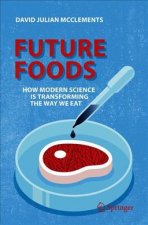
Future Foods
624 Kč -

Camra's Home-Brewing Problem Solver
383 Kč -
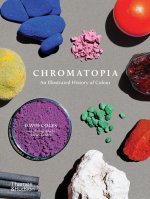
Chromatopia
624 Kč -

Craft and Science of Coffee
3080 Kč -
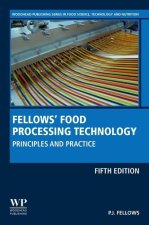
Food Processing Technology
3157 Kč -

Food Safety - The Science of Keeping Food Safe 2e
2051 Kč -

Altbier
379 Kč -

Undiscovered Self
605 Kč -

Note-by-Note Cooking
709 Kč -

Formulation and Preparation of Cosmetics, Fragrances and Flavors
2272 Kč -

New Brewing Lager Beer
413 Kč -
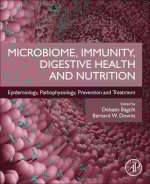
Microbiome, Immunity, Digestive Health and Nutrition
4291 Kč -
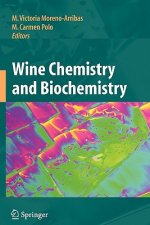
Wine Chemistry and Biochemistry
7843 Kč -

Coulson and Richardson's Chemical Engineering
3028 Kč -
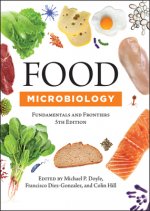
Food Microbiology
4888 Kč -
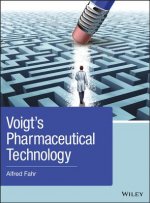
Voigt's Pharmaceutical Technology
3849 Kč -
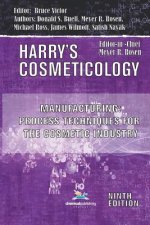
Manufacturing: Process Techniques for the Cosmetic Industry
6013 Kč -

Oktoberfest, Vienna, Marzen
261 Kč -
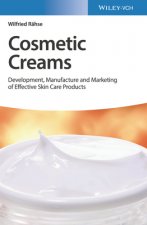
Cosmetic Creams - Development, Manufacture and Marketing of Effective Skin Care Products
4333 Kč -

Belgian Ale
249 Kč -
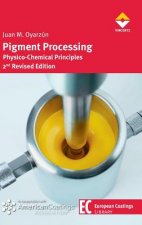
Pigment Processing
5444 Kč -
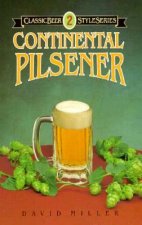
Continental Pilsener
311 Kč -

Amber Revolution
989 Kč -
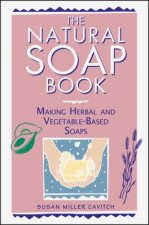
Natural Soap Book
325 Kč -
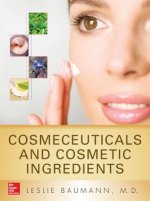
Cosmeceuticals and Cosmetic Ingredients
6077 Kč -
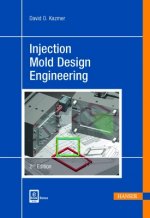
Injection Mold Design Engineering
3256 Kč -

Colour
222 Kč -
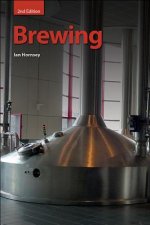
Brewing
986 Kč -
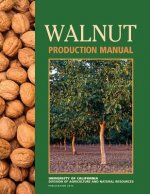
Walnut Production Manual
1644 Kč -

Emperor Of Scent
303 Kč -
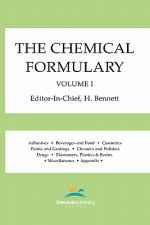
Chemical Formulary, Volume 1
1309 Kč -
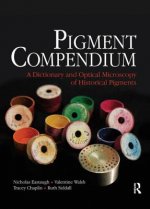
Pigment Compendium
6449 Kč
Osobní odběr Praha, Brno a 12903 dalších
Copyright ©2008-24 nejlevnejsi-knihy.cz Všechna práva vyhrazenaSoukromíCookies


 Vrácení do měsíce
Vrácení do měsíce 571 999 099 (8-15.30h)
571 999 099 (8-15.30h)